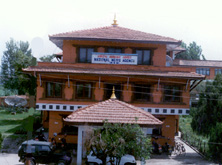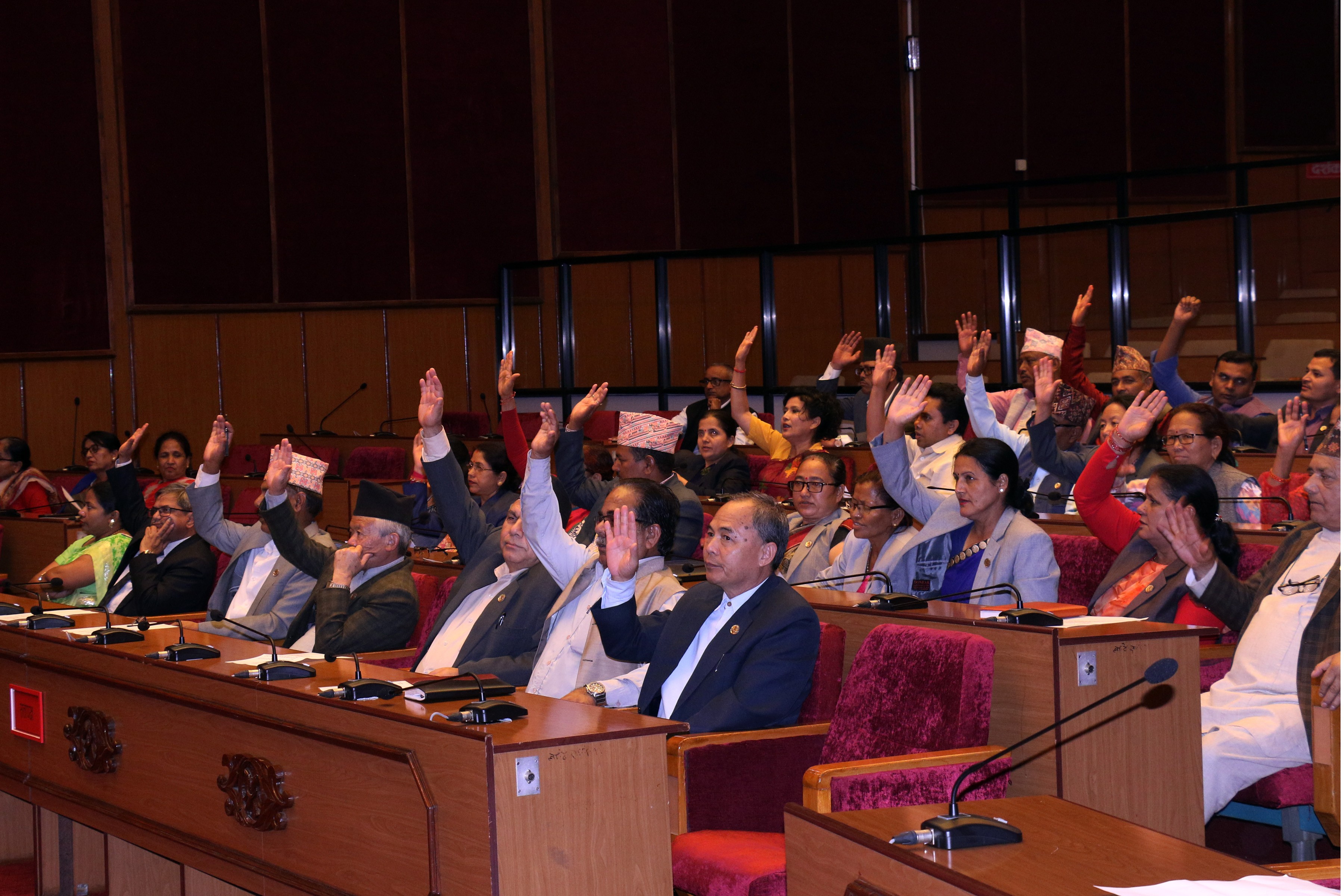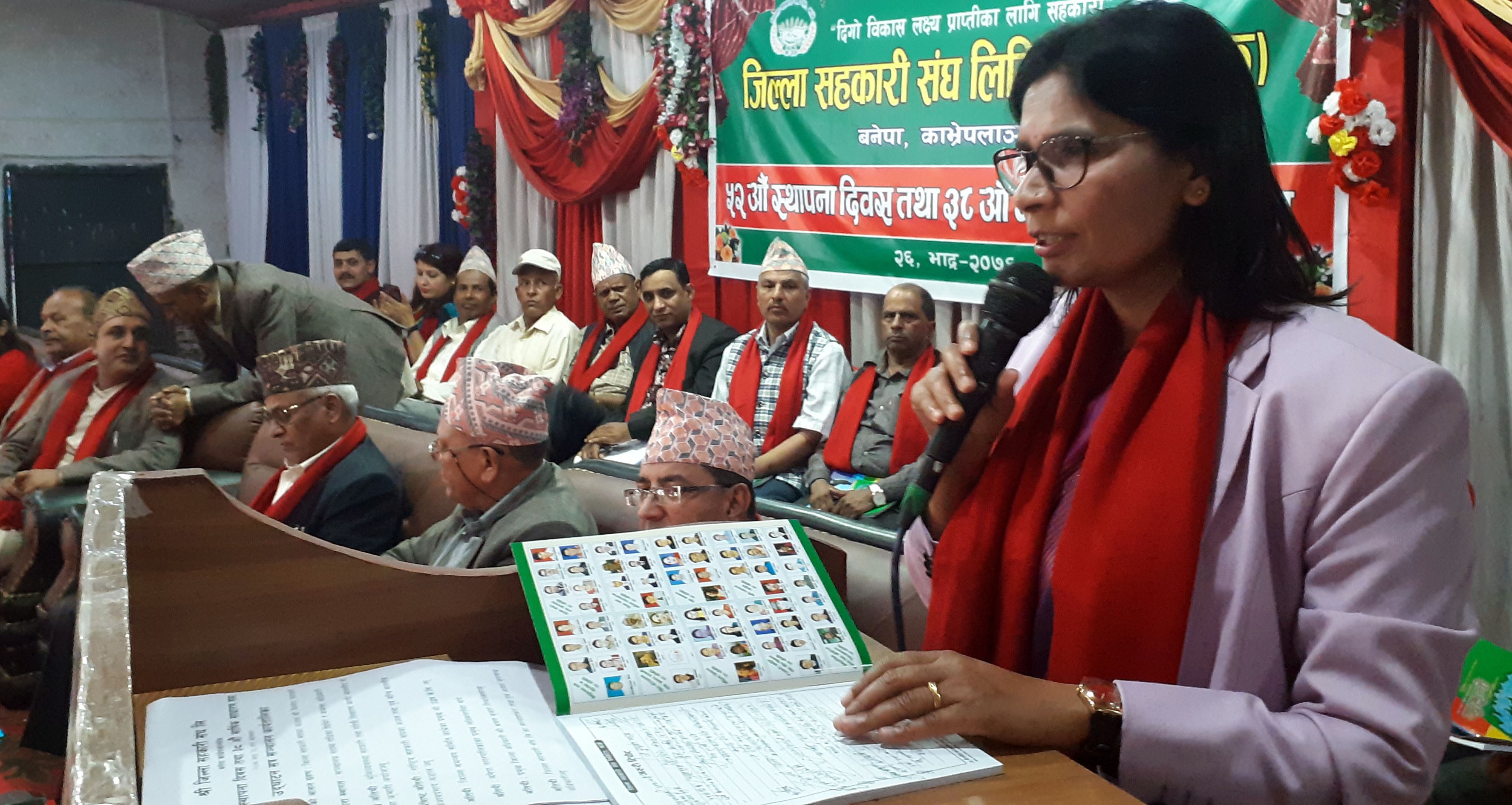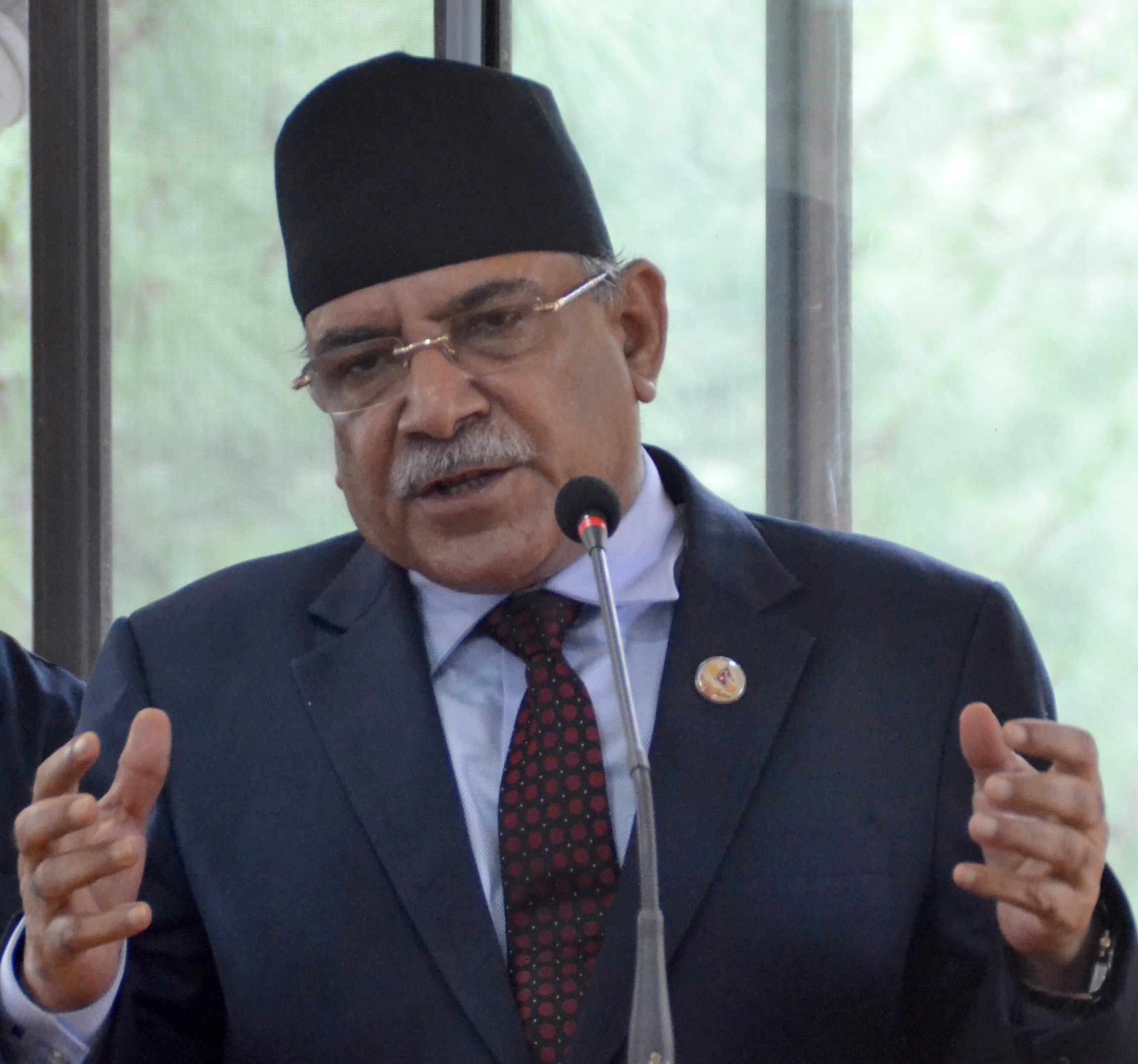Drop in rice production likely to hit national economy

Rajaram Karki
Kathmandu, Jan 4
A noticeable fall in the rice production this year is likely to beat national economy.
Experts predict that it would have its implications on the Gross Domestic Product.Last year, contribution of agricultural sector to the GDP was measured at 27.59 percent. The Economic Survey of 2075-76 BS had projected the contribution of agricultural sector (agro products, forest and fishery) to the GDP to be around 26.98 percent. Rice is the staple crop of Nepal and its stake in the GDP is 12 percent.
The Ministry of Agriculture and Livestock Development in a press statement informed that this year paddy production went down by 1.05 percent compared to last year. It cited lack of timely rainfall, plotting of arable land, inundation in the Tarai/Madhes, lack of sufficient irrigation facilities and youth population deserting from agricultural activities as causes for the drop in rice production.
This year, country's rice production fell by 59,000 metric tons compared to the previous fiscal and it was limited to 5,551,000 metric tons against 5610,000 in the last year.
According to the 2011 (latest) national census which is conducted in every 10 years, around 6,000,000 metric tons of rice is required to meet the national demand. The Agricultural Census 2068 BS states that agricultural sector has its 32 percent contribution to the GDP. Despite being an 'agricultural country', Nepal is heavily dependent on import for rice as other agricultural products and so many other commodities. Last year, it imported rice worth Rs 28 billion.
Cultivation of main season rice (which takes place during rainy season), spring rice (takes place during the Nepali month of Chait or pre-monsoon period) and Ghaiya (a kind of upland rice) is conducted in Nepal.
When we analyse data of the last 15 years (from fiscal year 2060-61 BS to 2074-75 BS), whether seems as the major determinant for rice production. If it is favourable, the production goes up and when it is adverse, the production goes down.
The total arable land in Nepal is 3,091,000 hectare. Rice cropping is largely relied on rainfall for water. Of total arable land in Nepal, rice cultivation takes place in around 50 percent.
In the last 15 years, it was 2060/61 fiscal year that witnessed maximum rice plantation. The rice was planted in 1.5 million hectares of land that year, while the production was 4.4 million tons of rice.
After 11 years in 2072/73, the country planted rice in 1.3 million hectares of land, producing 4.2 million tons of rice. Every year, the land to produce rice is reducing. The statistics maintained at Ministry of Agriculture and Livestock Development however show that the land for rice cultivation was shrinking but the production growing. Currently, 1.3 million hectares of land is left uncultivated.
According to senior rice specialist Bholaman Singh Basnet, Nepal needs some 6 million metric tons of rice every year.
Interestingly, Nepal houses the highest altitude arable land for rice cultivation- Chhumchaur of Jumla district. Similarly, Jhapa is the district producing maximum rice. The government has also announced Jhapa as the super zone of rice production. In Nepal all districts except Manang and Mustang grow rice.
Recent News

Do not make expressions casting dout on election: EC
14 Apr, 2022
CM Bhatta says may New Year 2079 BS inspire positive thinking
14 Apr, 2022
Three new cases, 44 recoveries in 24 hours
14 Apr, 2022
689 climbers of 84 teams so far acquire permits for climbing various peaks this spring season
14 Apr, 2022
How the rising cost of living crisis is impacting Nepal
14 Apr, 2022
US military confirms an interstellar meteor collided with Earth
14 Apr, 2022
Valneva Covid vaccine approved for use in UK
14 Apr, 2022
Chair Prachanda highlights need of unity among Maoist, Communist forces
14 Apr, 2022
Ranbir Kapoor and Alia Bhatt: Bollywood toasts star couple on wedding
14 Apr, 2022
President Bhandari confers decorations (Photo Feature)
14 Apr, 2022











